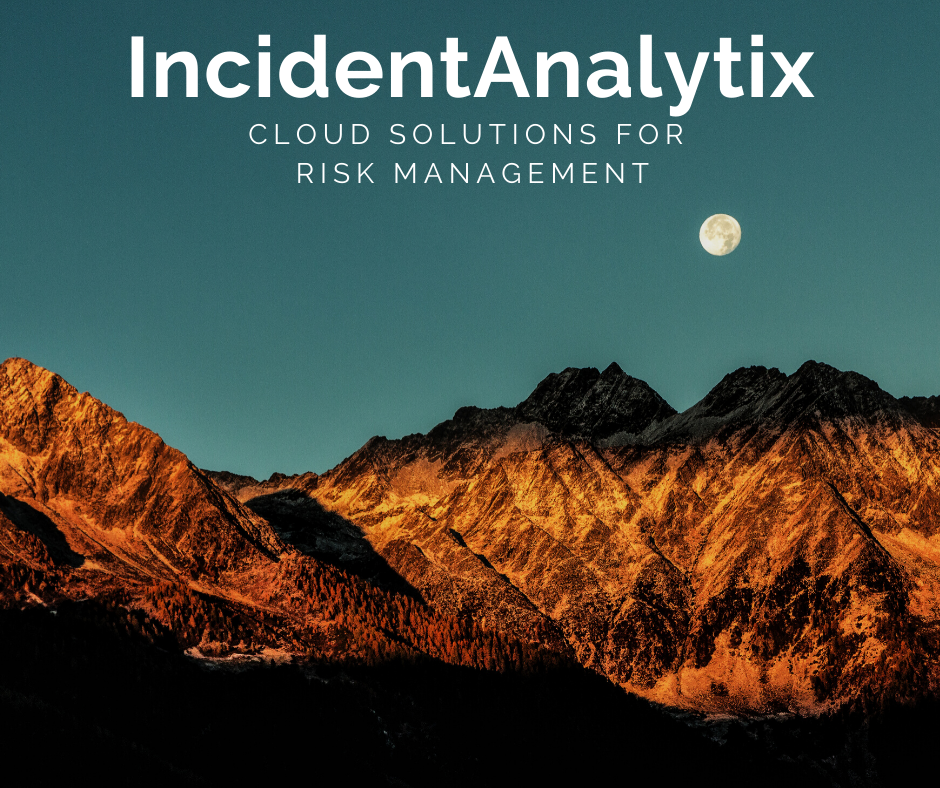IncidentAnalytix Blog
IncidentAnalytix Announces Discount for Association for Experiential Education (AEE) Organizational Members
IncidentAnalytix Discount for Association for Experiential Education Members (AEE) Collecting and analyzing incident data is an essential part of risk management for experiential education organizations allowing you to identify risk trends across your program and use that insight to develop specific risk mitigation action steps. Up to now, organizations have had to develop their own incident data collection strategy. IncidentAnalytix® was developed by our team to be the most comprehensive and customizable solution cloud-based solution designed specifically for the outdoor and experiential education industry. It provides a comprehensive Risk Management Information System platform for organizations of all sizes. IncidentAnalytix® is announcing a discount program for all Association for
Visualizing Incident Data through AcciMaps & PreventiMaps
Visualizing Incident Data through AcciMaps & PreventiMaps The Systems Thinking approach to incident analysis developed by Jens Rasmussen starts with identifying the factors that impacted the incident event. In the Safety I approach these are the factors which contributed to the adverse outcome. In the Safety II approach these are the factors that acted to prevent an adverse outcome. IncidentAnalytix allows you to track both Contributing Factors and the Mitigating Factors based on a Taxonomy of causation types. You can also identify relationships where one factor impacted another. Rasmussen’s Systems Thinking approach builds these factors and relationships into a visual map of your incident allowing you to better understand the
Association for Experiential Education 2020 Conference Materials
Risk Assessment & Safety Management: Integrating Safety I & Safety II for Accident Prevention The Risk Assessment & Safety Management System (RASM) used by programs around the world and provides a comprehensive approach for identifying the causes of accidents, assessing changing risk levels, and managing risk combing traditional Safety I methodologies (Avoiding That Things Go Wrong) with newer Safety II methodologies (Ensuring That Things Go Right). Learn how to analyze incident data to build graphical accident causation models (AcciMaps) and accident prevention models (PreventiMaps). Participants will apply these principles through case studies and small group collaboration. Diversity & inclusion, sexual harassment & assault and other safe space issues
Wilderness Risk Management 2020 Conference Materials
Building a Risk Management Information System (RMIS): A Deep Dive into analyzing Contributing Factors and Mitigating Factors through Incident Database Tracking and Business Analytics Tools A Risk Management Information System (RMIS) is more than simply collecting incident reports. The RMIS is a comprehensive approach to risk management that combines structured incident data collection with causal analysis to identify the contributing factors and mitigating factors in the dynamic risk equation. Starting with data collection, you will learn how to utilize database technologies to gather comprehensive and consistent data for later analysis. Using the Risk Assessment & Safety Management framework, participants will learn how to combine the benefits of traditional
Higher Education Protection Network 2020 Conference Materials
Incident Reporting & Data Analytics: Implementing a Risk Management Information System for Youth Protection Workshop at the HEPNet 2020 Conference Managing risk in youth programming means understanding the factors that either lead to incident events or to safe programming. Your best defense against risk is data collection and analysis of incidents and close calls to be able to quickly identify and mitigate hazards. In this workshop we’ll start by exploring the traditional Safety I approach to risk management which focuses on what went wrong and takes a ‘control mistakes’ approach to identify weaknesses or failures in the system. Safety I is often used as a framework for post-incident
